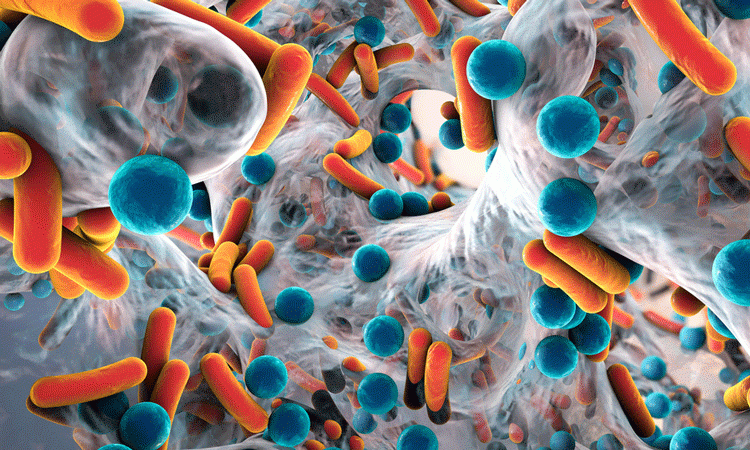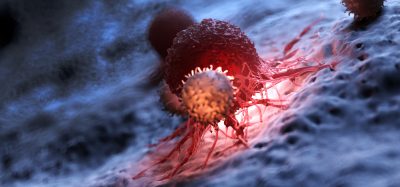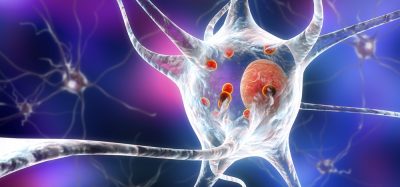High-throughput screening used to discover new class of antibiotics
Posted: 27 September 2019 | Victoria Rees (Drug Target Review) | No comments yet
Researchers have used a high-throughput screening method to test over 125,000 molecules and identify a new class of antibiotics.


A team that screened over 125,000 molecules claims to have discovered a promising new class of antibiotics.
The study, led by researchers at the Moscow Institute of Physics and Technology (MIPT), Russia, uncovered a group of molecules that exhibit antibacterial properties. One of the compounds found demonstrated good activity and low cytotoxicity, which the researchers suggest could be used as a prototype for further studies.
“The development of new antibacterial drugs designed to overcome the resistance of clinically important bacterial strains has attracted considerable scientific and social interest. However, this process is mostly focused on identifying structural analogues within the already known antibiotic classes,” said study co-author Anastasia Aladinskaya, a researcher at the Laboratory of Medical Chemistry and Bioinformatics of MIPT. “We, on the contrary, think that discovering new chemotypes is more effective in the search for antibacterial drugs.”
The team developed and applied a semi-automated analytic method on a non-resistant model strain of E. coli. The process relied on bacterial activity control and highlights the mechanism of action of different compounds.
…the researchers selected eight compounds that inhibited protein synthesis and measured their toxicity to cells”
Using small molecule libraries in a high-throughput-screening approach, the scientists investigated abnormalities in the bacteria’s genetic material and protein synthesis inhibition.
The 2-pyrazol-1-yl-thiazole derivative class of small molecules was identified as having the ability to inhibit the E. coli.
A total of 688 substances were identified with significant antibacterial activity. Thirty-eight molecules, which share the 2-pyrazol-1-yl-thiazole scaffold, were found to have high levels of activity against the bacteria, marking the first time this property has been observed.
Overall, the researchers selected eight compounds that inhibited protein synthesis and measured their toxicity to cells. One of the compounds had an optimal balance between its cytostatic and antibacterial properties.
According to the team, plans are underway to study their properties against antibiotic-resistant strains of bacteria.
The results were published in the Journal of Antibiotics.
Related topics
Antibiotics, cytotoxicity, High-Throughput Screening (HTS), Hit-to-Lead, Screening, Small Molecules, Targets, Toxicology
Related organisations
Moscow Institute of Physics and Technology (MIPT)
Related people
Anastasia Aladinskaya








